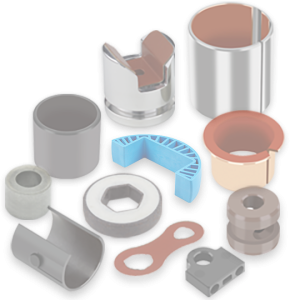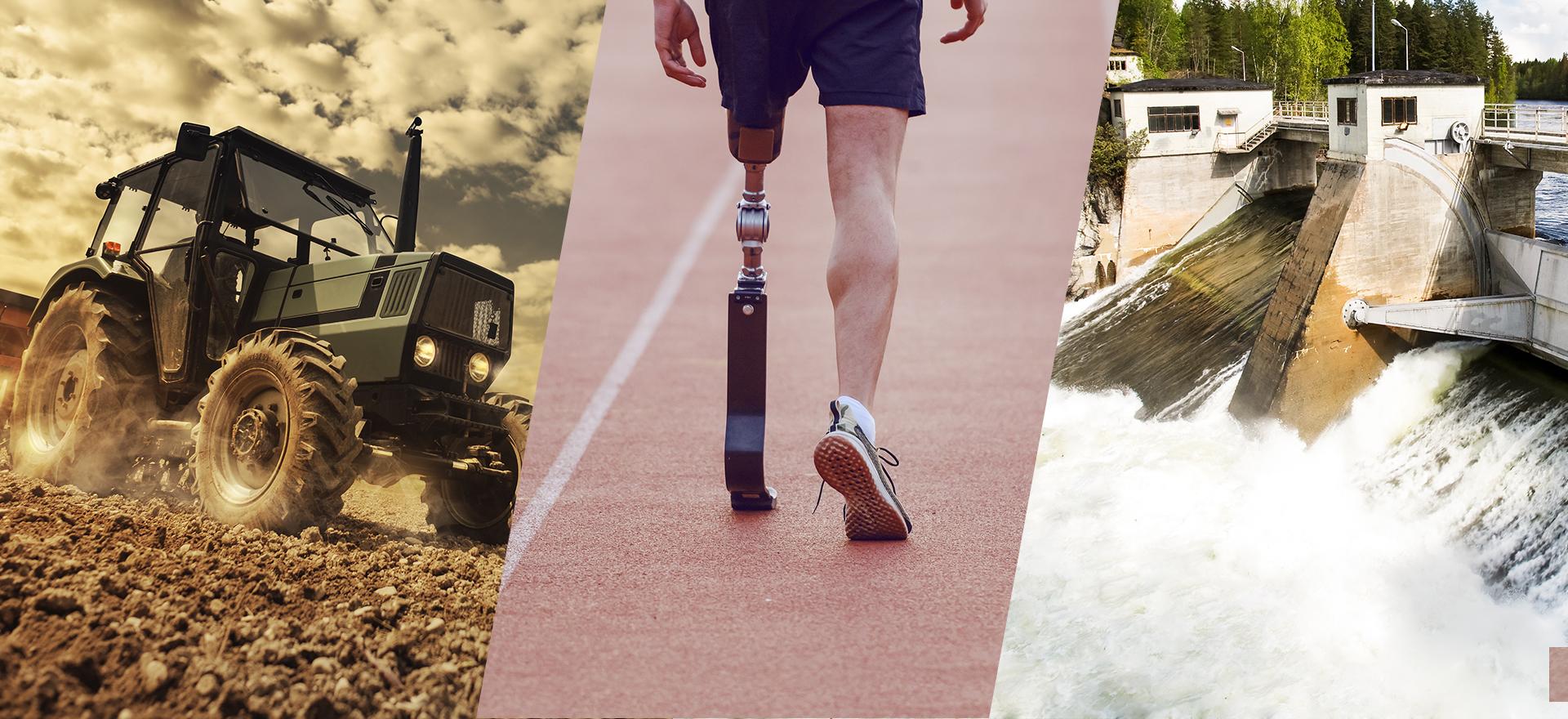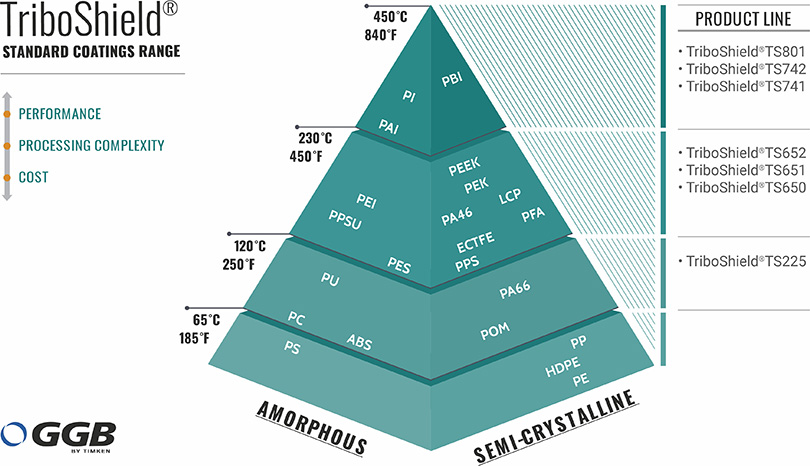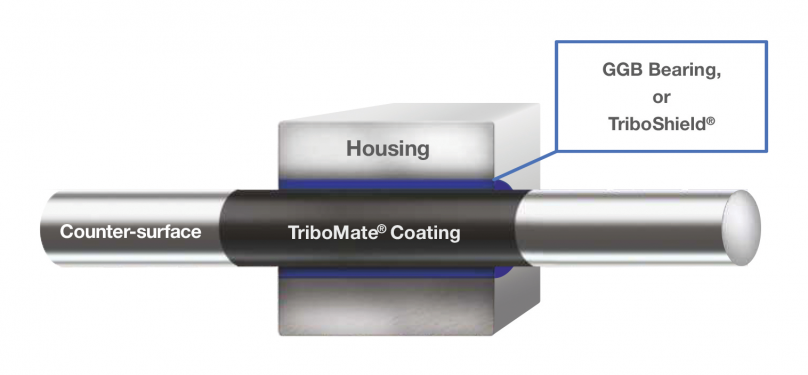DLC, or, Diamond-like carbon structure are metastable forms of amorphous carbon (in the sp3 form) with high mechanical and chemical resistance, more or less flexibility, as well as optical properties depending of the amorphous carbon used [3]. DLC coatings have been one of the most used carbon coatings due to its widespread range of applications. It can be used as a protective coating in optical windows, magnetic storage disks, car parts, etc.
These coatings are generally produced with physical vapor deposition processes such as sputtering, ion beam, pulsed laser deposition, and cathodic vacuum arc systems. These techniques are mostly based on deposition technologies, where carbon atoms are charged with a constant and known amount of energy and then “bombarded” onto the substrate. The amount of energy per unit ion is different for each deposition technology. Therefore, the DLC coatings prepared by different deposition techniques possess different characteristics.
More recently DLC coatings have been reported as a tribological coating due to its high abrasive/adhesive wear resistance making them excellent materials in high contact pressure conditions. However, in ferrous substrate materials, it’s important to ensure that the coating will not be exposed at high temperatures or the substrate (or the tribological counter-face) could carburize, absorbing the carbon forms of the coating and reducing its hardness.








